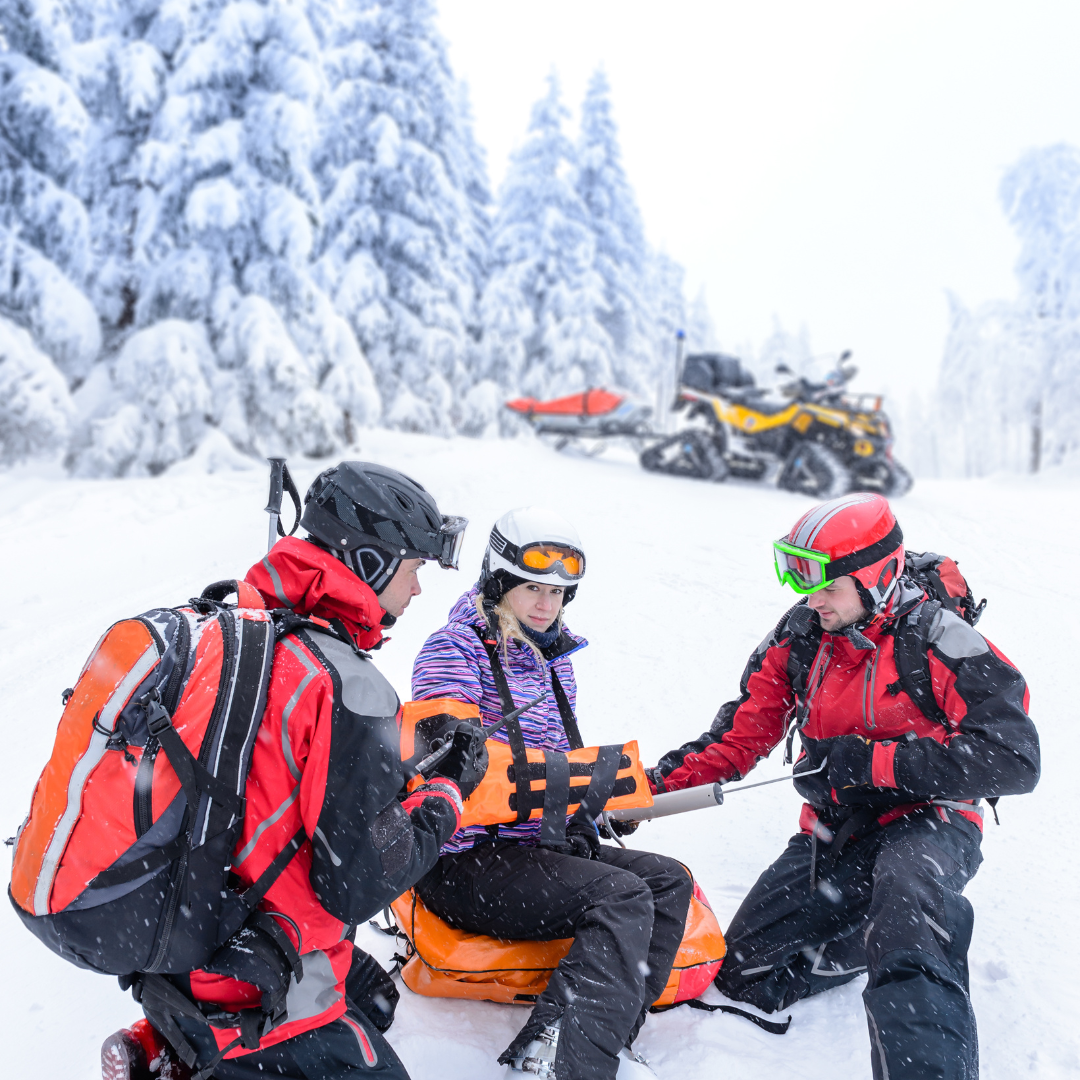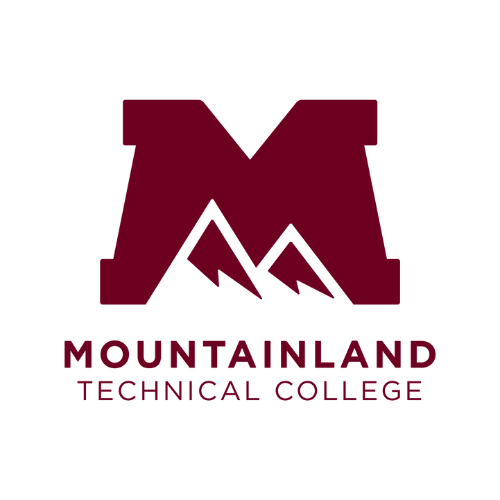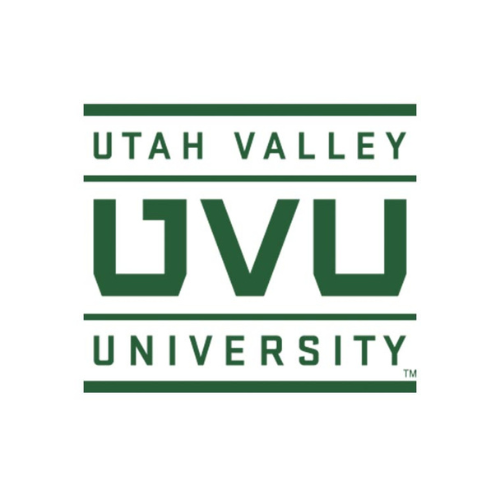
 SKI PATROL: Ski Patrollers provide emergency first aid and evacuation from ski resorts and winter resort destinations. The main responsibility of a team member is to promote skier safety, provide a first-aid response to accident victims on the ski slopes, and transport of injured skiers. They must also be able to safely ski/ride all terrains in all conditions, including wooded areas.
SKI PATROL: Ski Patrollers provide emergency first aid and evacuation from ski resorts and winter resort destinations. The main responsibility of a team member is to promote skier safety, provide a first-aid response to accident victims on the ski slopes, and transport of injured skiers. They must also be able to safely ski/ride all terrains in all conditions, including wooded areas.
Have you considered?
SEARCH AND RESCUE: Search and Rescue team members are specially trained in rescue techniques including swift-water rescue, open-water rescue, dive rescue and recovery, ice rescue, mountain rescue, mass casualty, avalanche rescue, K9, man-tracking, ELT (downed aircraft) and others. Search involves locating people who are in distress or immediate danger and rescue involves the methods used to extricate them. This is often done through community support and a coordinated team approach.
EMT/PARAMEDIC: An EMT (short for Emergency Medical Technician) or paramedic is trained to administer this on-site emergency care. Upon arriving on the scene, he or she assesses the patient's injuries or illness, provides emergency treatment and then the EMT or paramedic transports the patient to a medical facility for further treatment. An EMT has the skills to assess a patient's condition and to manage respiratory, cardiac, and trauma emergencies. The duties of EMTs and paramedics often overlap, but paramedics are trained to deliver more advanced care than EMTs.

According to the National Ski Patrol (NSP), "Members must be at least 15 years of age and be registered in an Outdoor Emergency Care (OEC) class or hold current credentials in OEC, and CPR for the Professional Rescuer from an NSP-approved agency. Patrollers must be affiliated with a local unit and satisfy local area requirements." Ski Patrollers must also be capable of lifting 100 lbs or more and be skilled skiers. They may also be required to pass a ski evaluation.
Search and Rescue (SAR) team members can be paid or act as volunteers, though most positions are volunteer. In fact, it can cost team members roughly up to $5,000 in expenses to be active members of a team. These expenses include gasoline and wear and tear on cars. All members must be 21 years of age and pass a background check. Members must also have CPR and Basic First Aid certifications and be in good physical shape. An EMT certification and climbing skills will also help you gain a position in SAR.
To work as an EMT or paramedic, you must be licensed. You must have a high school diploma before certifying to become an EMT or Paramedic. The biggest differences between paramedics and EMTs are the training and the scope of practice (what they are allowed to do). Basic EMTs usually receive 120 - 150 hours of training, while paramedics get anywhere from 1,200 hours to 1,800 hours of training. Paramedic programs often award two-year degrees.
Utah Earning Potential Averages For Ski Patrol: (Jobs.Utah.Gov)
|
Annual Total Openings: |
70 |
|---|---|
|
Annual Growth Rate: |
4.81% |
|
Median Annual Wage: |
$23,310 |
|
Education: |
High School Diploma, CPR Certification |
Utah Earning Potential Averages For EMTs: (Jobs.Utah.Gov)
|
Annual Total Openings: |
170 |
|---|---|
|
Annual Growth Rate: |
2.2% |
|
Median Annual Wage: |
$74,970 |
|
Inexperienced Annual Wage: |
$53,443 |
|
Education: |
Post Secondary Certification, 2 yrs |


